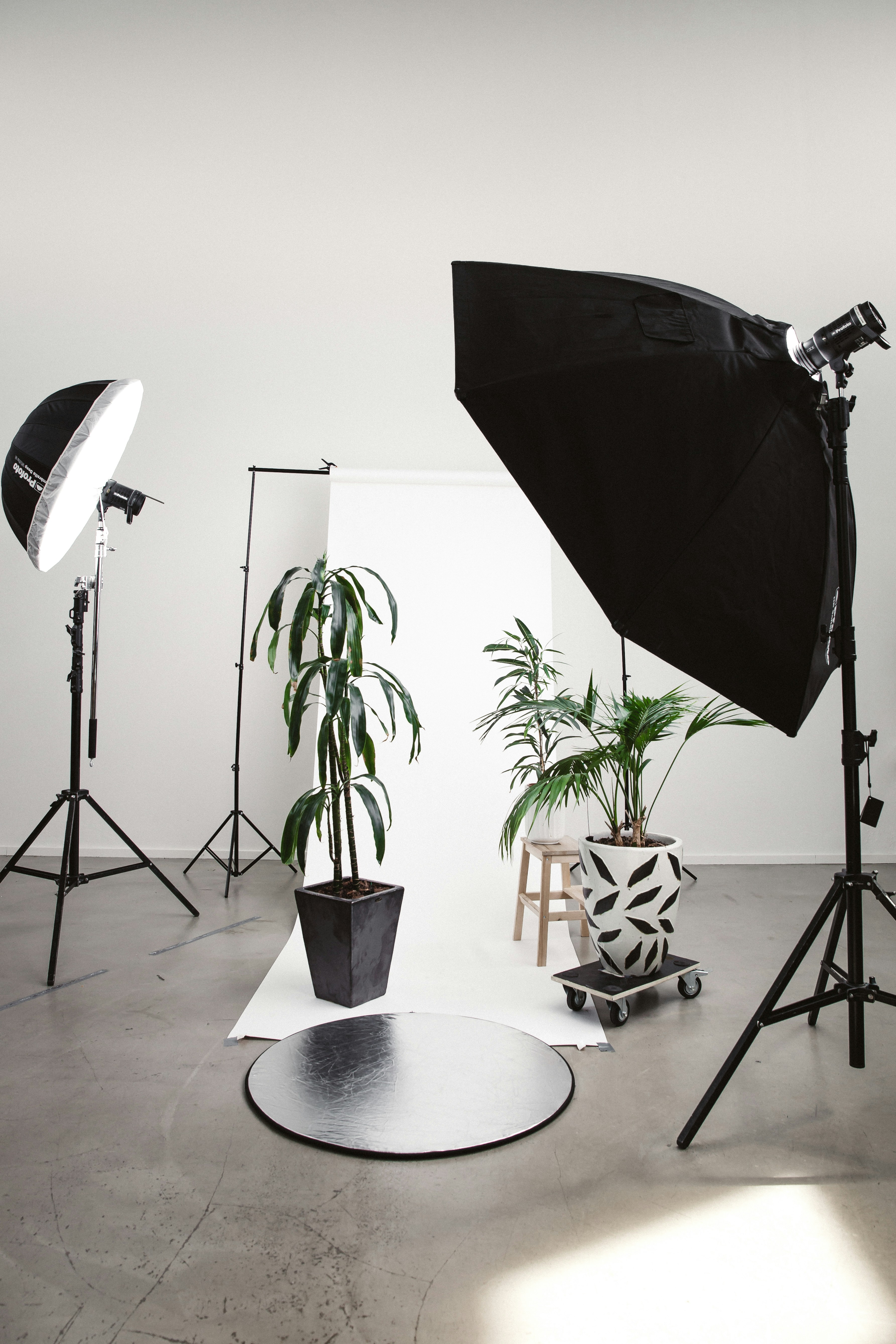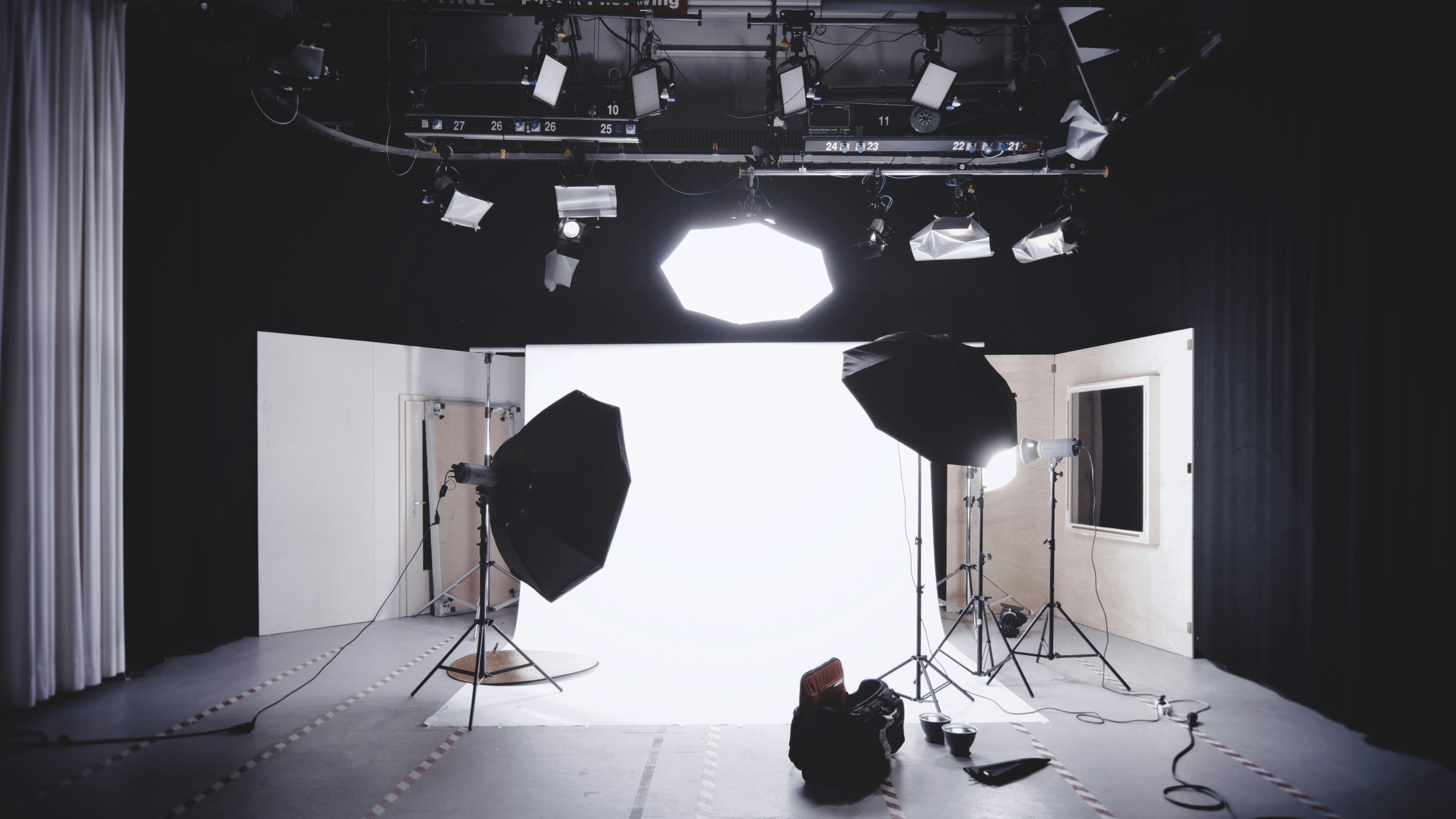
Exploring tiny worlds with macro photography
2025-04-25



Exploring Tiny Worlds with Macro Photography
Macro photography allows photographers to capture intricate details of small subjects that are not visible to the naked eye. By using a macro lens, photographers can explore tiny worlds and create stunning images that showcase the beauty and complexity of the smallest creatures and objects. In this blog post, we will delve into the world of macro photography, discuss practical tips for capturing amazing macro shots, and explore the creative possibilities of this fascinating genre of photography.
Introduction to Macro Photography
Macro photography is a specialized form of close-up photography that focuses on capturing small subjects at a 1:1 scale or larger. This type of photography requires a macro lens, which is designed to provide high magnification and sharp focus at close distances. With a macro lens, photographers can reveal the intricate details of tiny subjects such as insects, flowers, and textures.
One of the key challenges of macro photography is achieving a shallow depth of field while maintaining sharp focus on the subject. This can be particularly difficult when working with moving subjects or in low-light conditions. However, with practice and the right techniques, photographers can capture stunning macro images that showcase the beauty and complexity of the miniature world.
Practical Tips for Macro Photography
1. Use a tripod
When shooting macro images, even the slightest movement can result in a blurry image. Using a tripod can help stabilize your camera and ensure sharp focus on your subject. Additionally, a tripod allows you to experiment with different compositions and angles without the risk of camera shake.
2. Adjust your aperture
A wide aperture (e.g., f/2.8) will create a shallow depth of field, which can be used to isolate your subject and create a dreamy, out-of-focus background. However, a narrow aperture (e.g., f/16) will increase the depth of field and ensure that more of the image is in focus. Experiment with different aperture settings to achieve the desired effect in your macro images.
3. Get close to your subject
To capture the intricate details of small subjects, you need to get as close as possible to your subject. This may require using extension tubes or a close-up filter to achieve higher magnification. By getting close to your subject, you can reveal the textures, patterns, and colors that are often overlooked in the miniature world.
4. Use natural light
Natural light can be a macro photographer's best friend. By shooting in soft, diffused light, you can capture the subtle details and colors of your subject without harsh shadows or overexposure. Consider shooting early in the morning or late in the afternoon when the light is soft and warm.
5. Experiment with composition
Macro photography allows for creative freedom and experimentation with composition. Try shooting from different angles, perspectives, and distances to create unique and visually interesting images. Consider using leading lines, patterns, and textures to guide the viewer's eye through the image.
Conclusion
Macro photography offers a unique opportunity to explore the tiny worlds that are often overlooked in our everyday lives. By using a macro lens and applying the practical tips mentioned in this blog post, photographers can capture stunning images that showcase the beauty and complexity of the miniature world. Whether you are photographing insects, flowers, or textures, macro photography allows you to see the world in a new light and appreciate the intricate details that are often hidden from view. So grab your camera, venture into the miniature world, and start exploring with macro photography today!